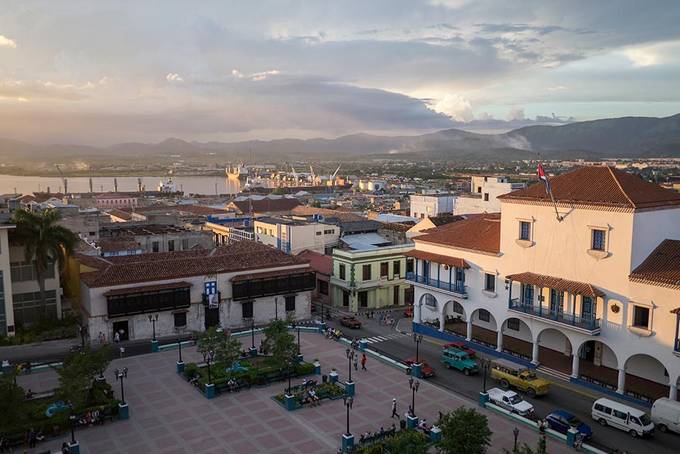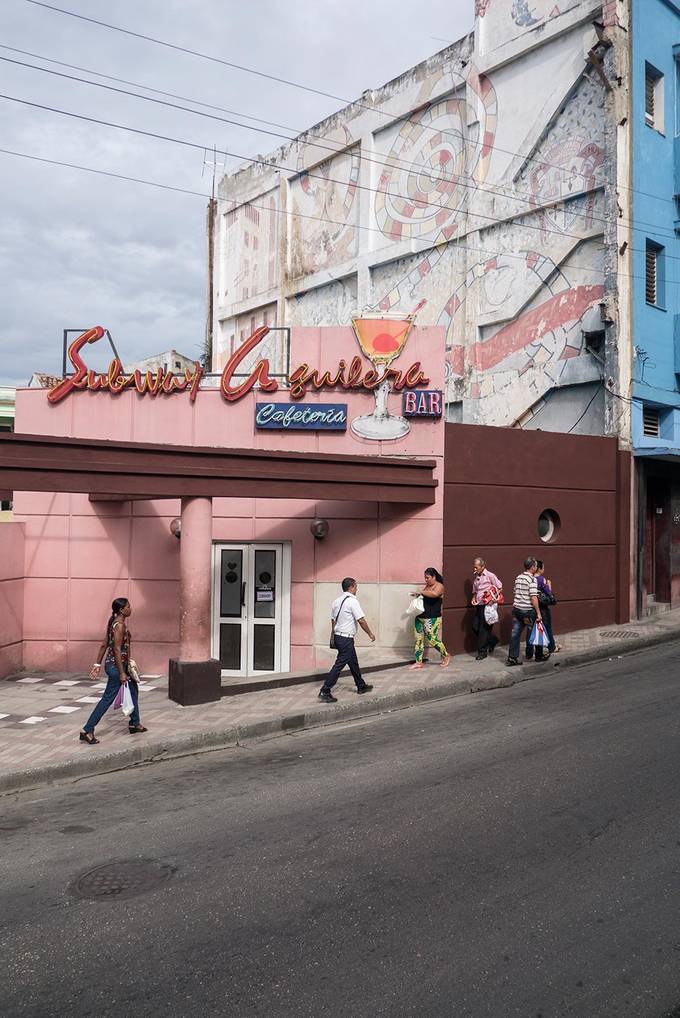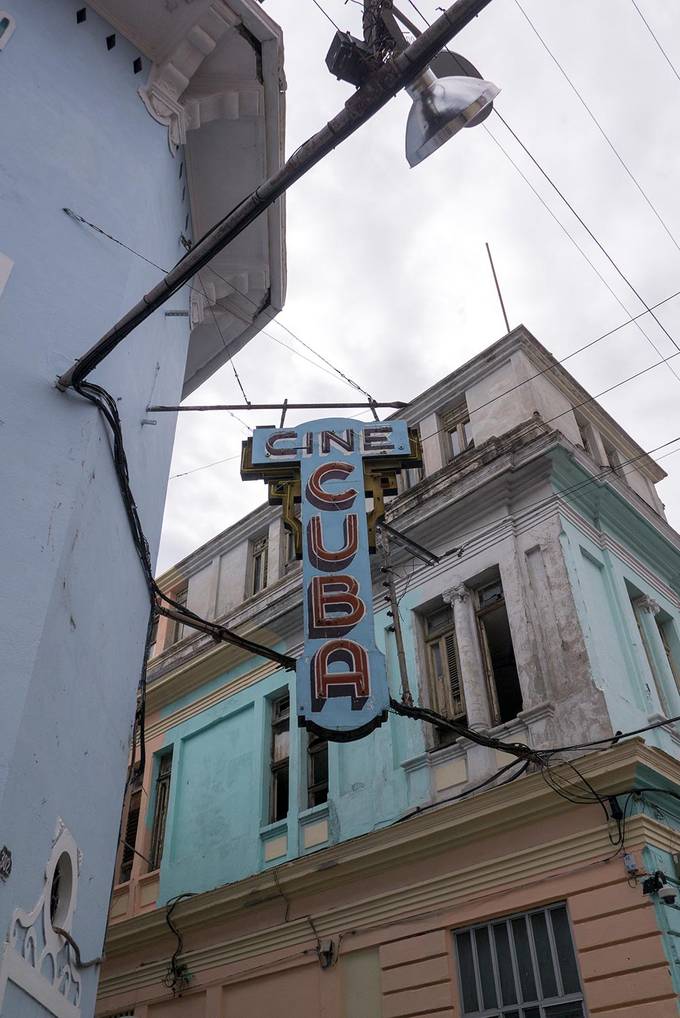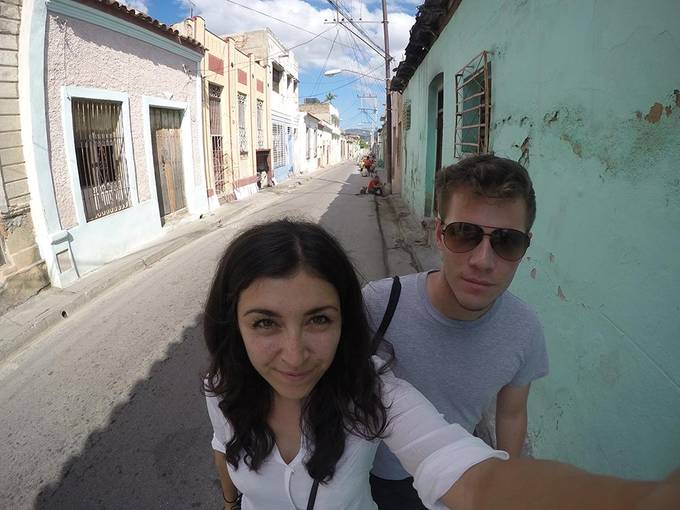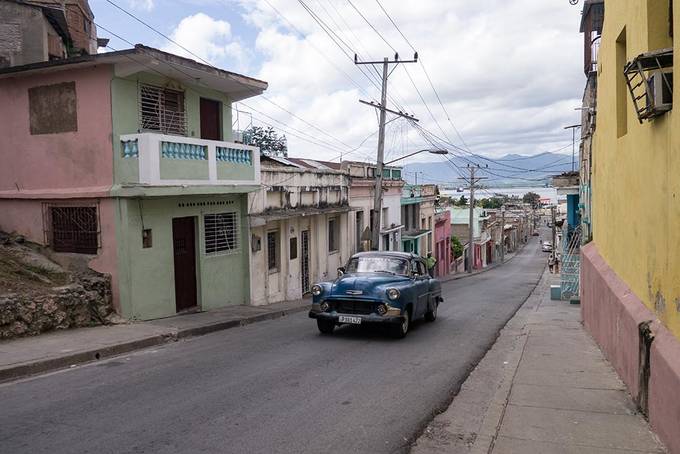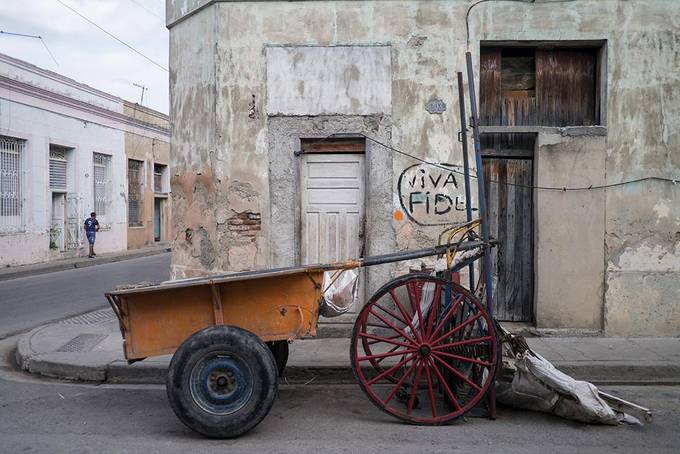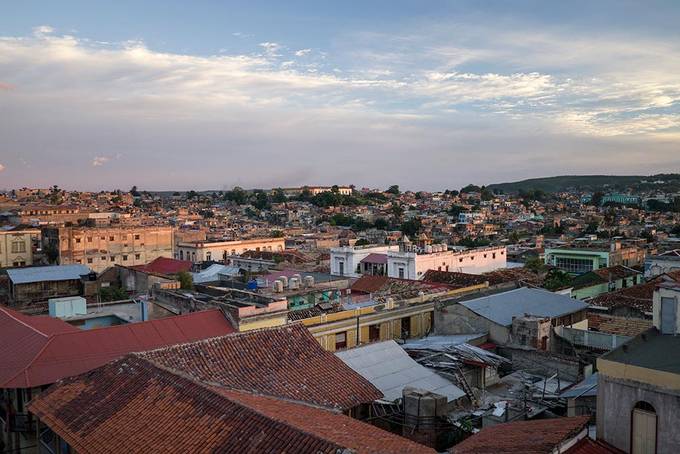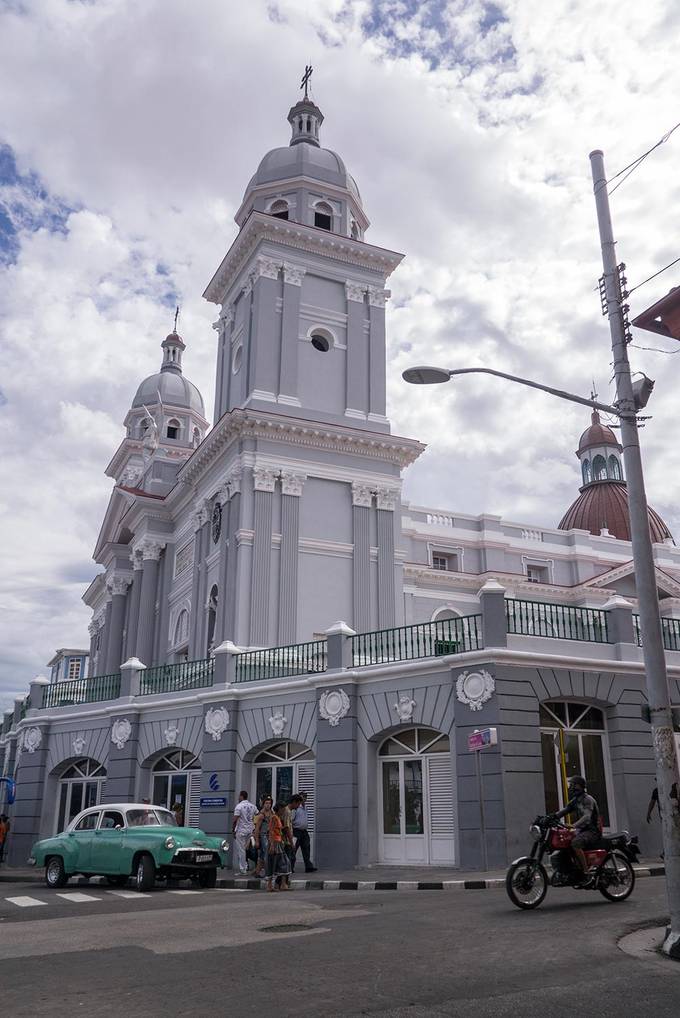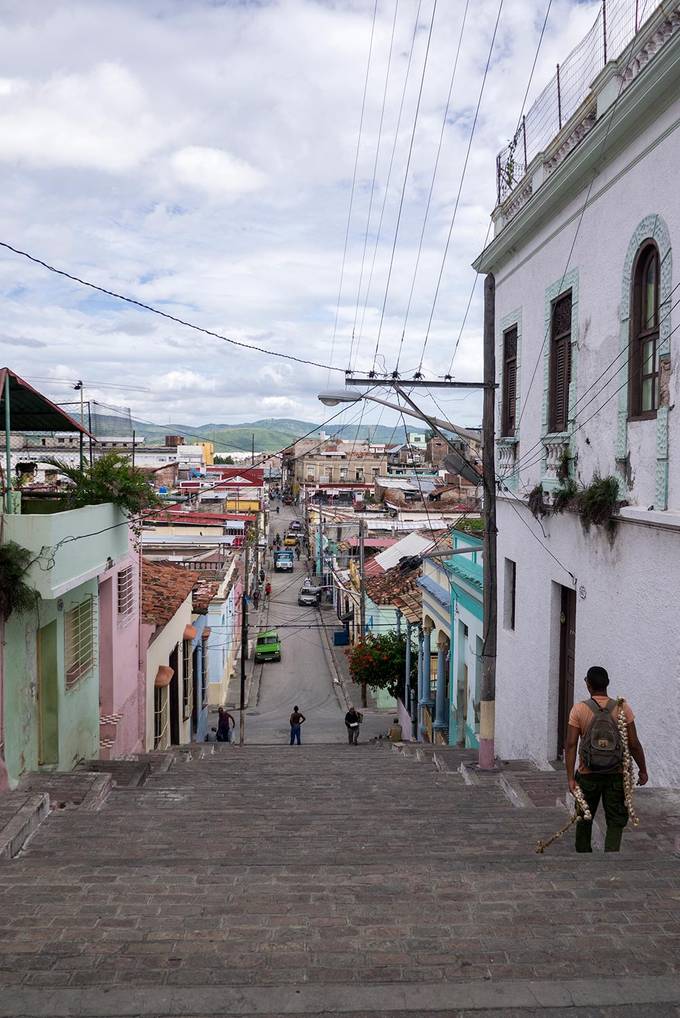Son and street life in Santiago de Cuba
Santiago de Cuba feels hotter than other parts of the country. Clouds of pollution hang in the air as 1960s diesel cars speed along the roads of the city centre. Touts line the edges of Parque Cespedes (the name of almost every main square in Cuba) trying to sell you tours or cigars or a taxi ride to the nearby UNESCO fort.
It's a love it or hate it kind of city – busy, noisy and very polluted (we got headaches just from walking around more than once). But also vibrant and colourful, and the birthplace of Cuban music. It's a city with a big heart and a lot of hustle.
While the centre is crowded and hectic, the outer suburbs are much quieter. This is where you'll see families chatting on their front steps, children playing in the street and aguacarte sellers pushing their wooden carts. I loved retreating to peaceful Los Hoyos, where we stayed, when it all got a bit much.
Other highlights of our time in the city were watching the sunset from the rooftop of the Hotel Casa Granda, listening to son (the Afro-Cuban music that inspired salsa) in the trova houses on Bartolomé Masó and eating peso pizza in Plaza de Dolores.
Where to stay: We loved Hostal Miguel y Damaris ($25 per night). It's on a quiet street near the centre, and you can have breakfasts and dinners on the roof terrace with views of the city.
Where to eat: Cafeteria Marilyn on the corner of General Lacret and Tamayo Fleites has got to be the busiest place in town for peso pizza; St Pauli is a smart dinner spot serving up modern Cuban food (the portions are huge!); and Rumba Cafe is good for lunches and coffees.
If you're heading to Cuba, check out my guides to planning your trip, Havana, Viñales and Trinidad.
—Yasmine
